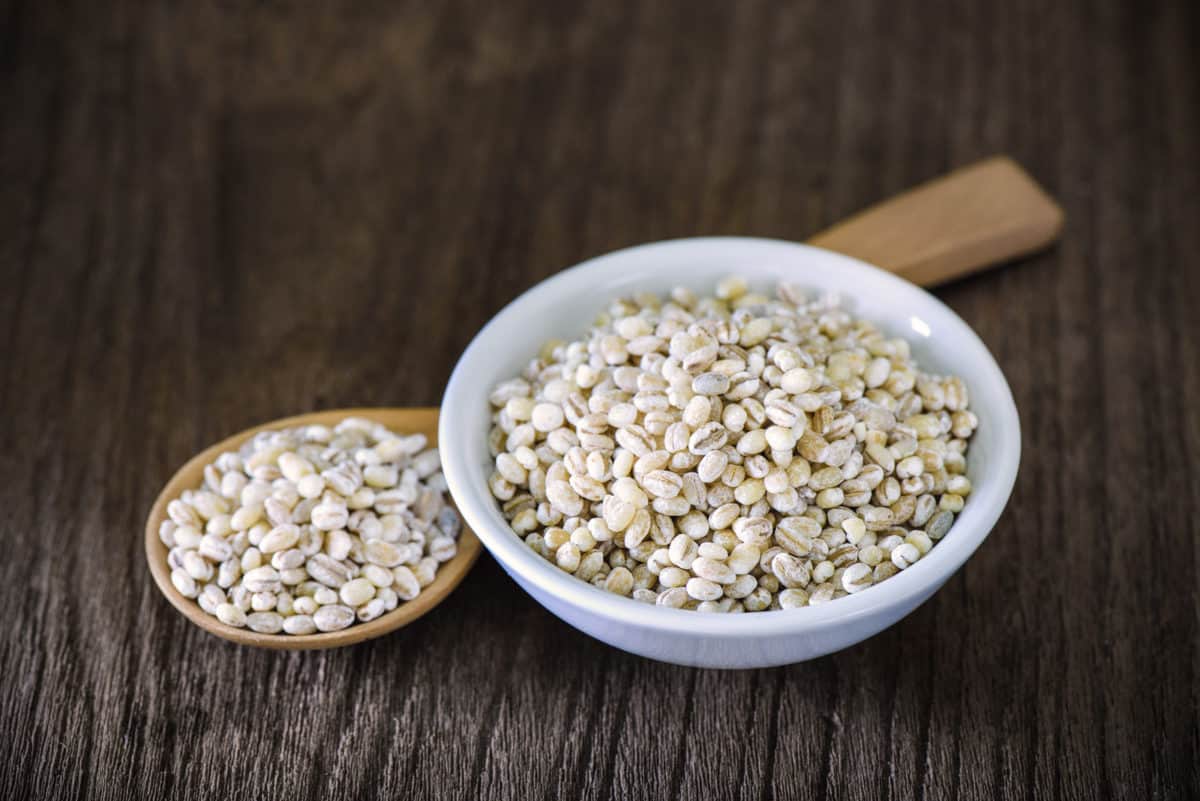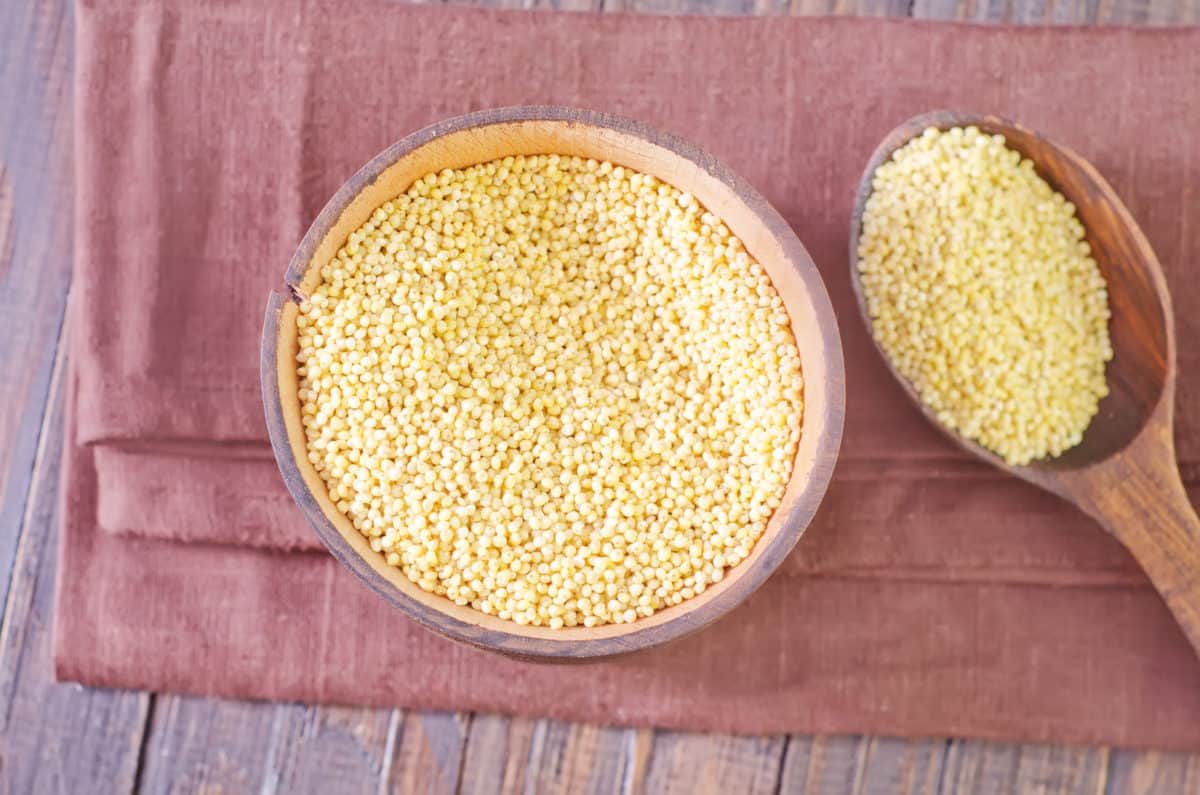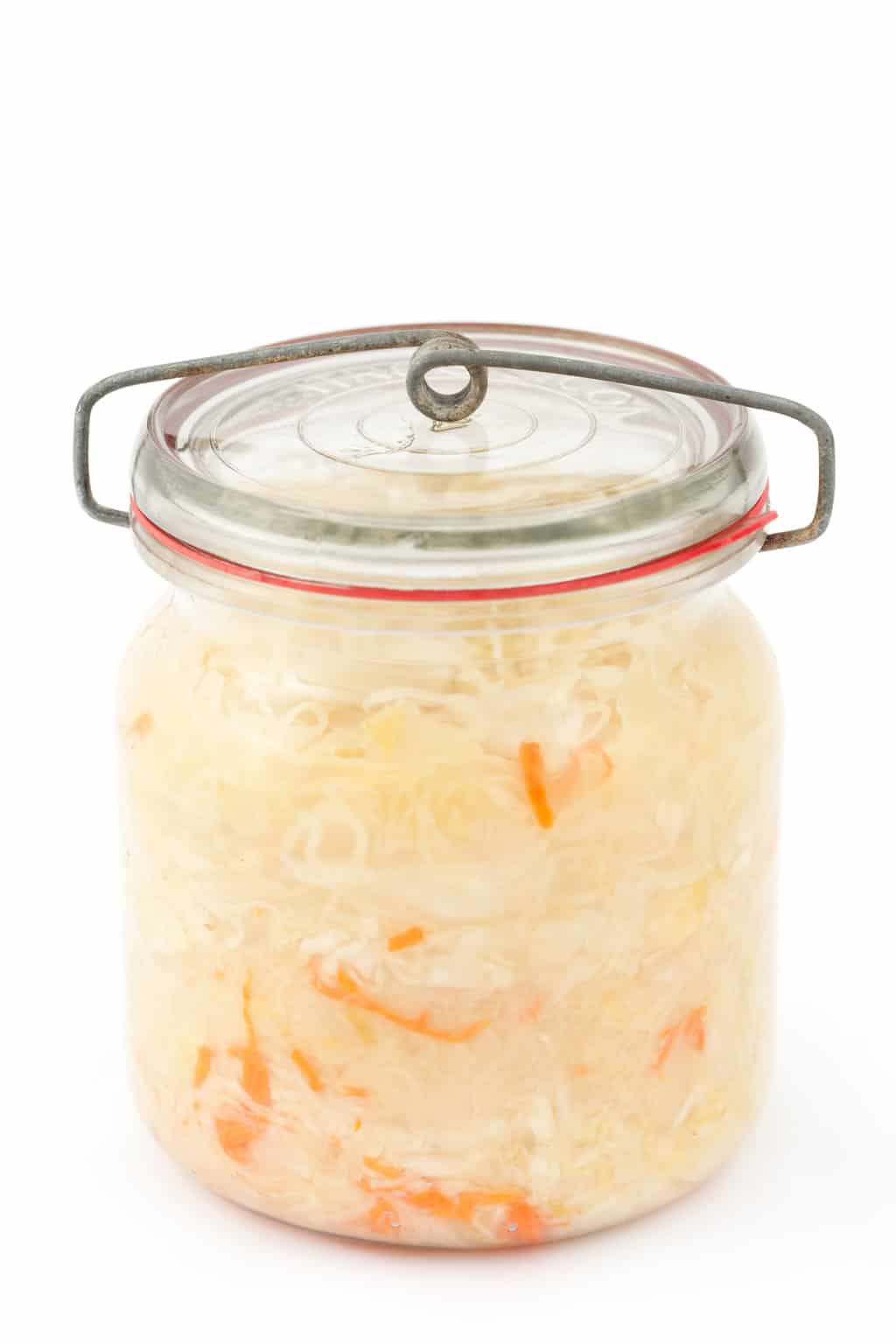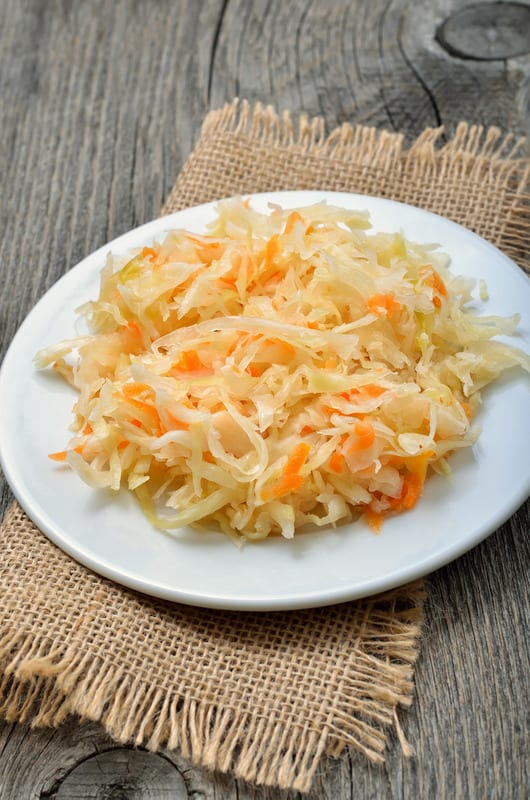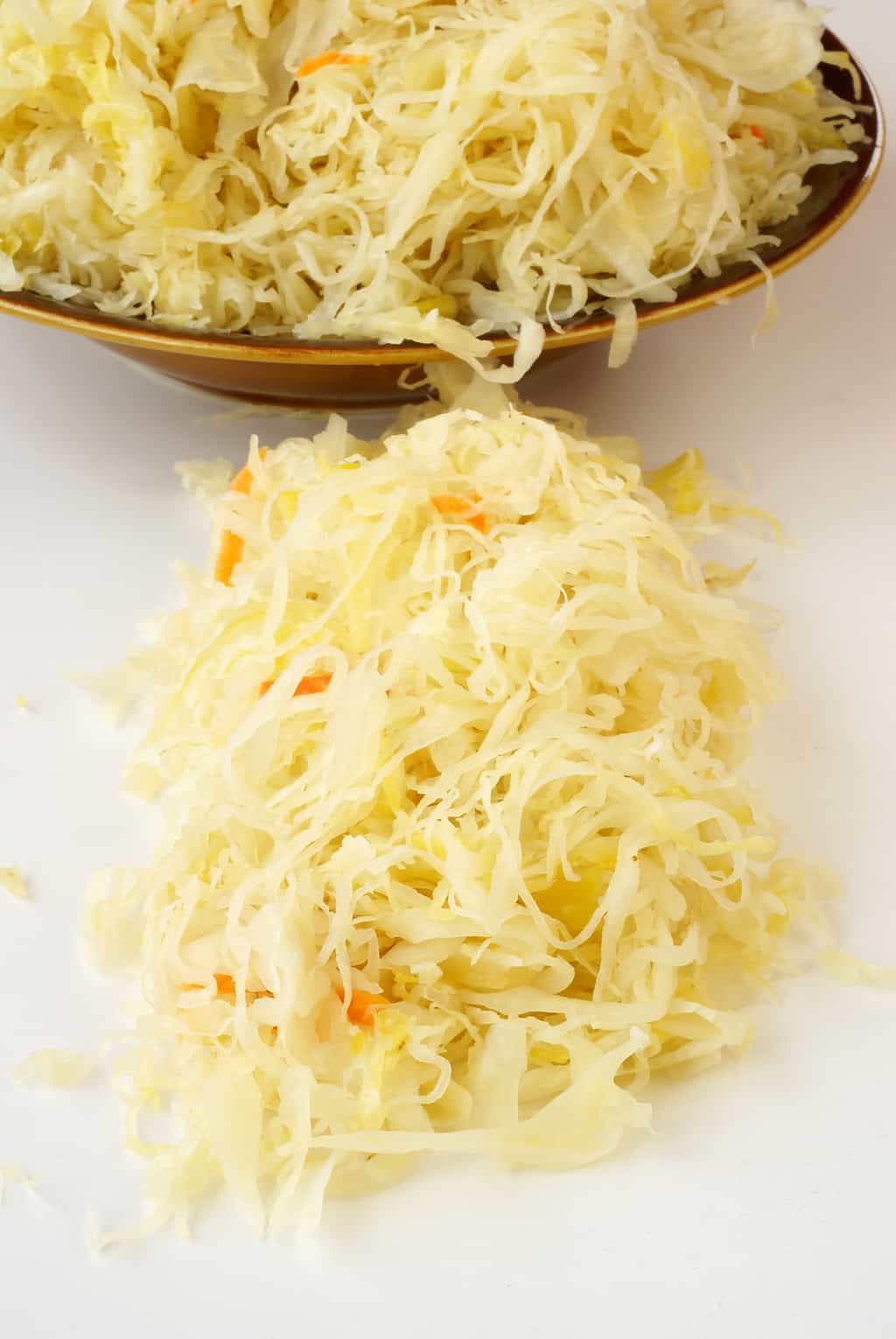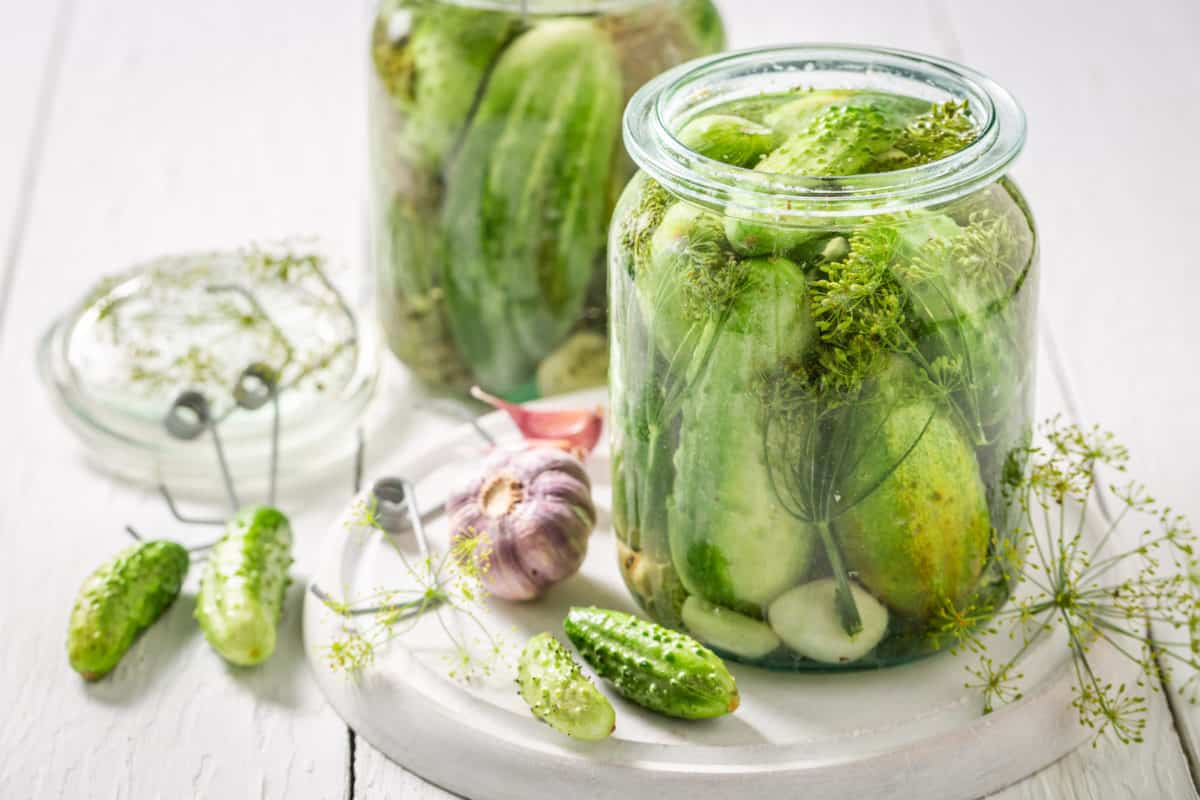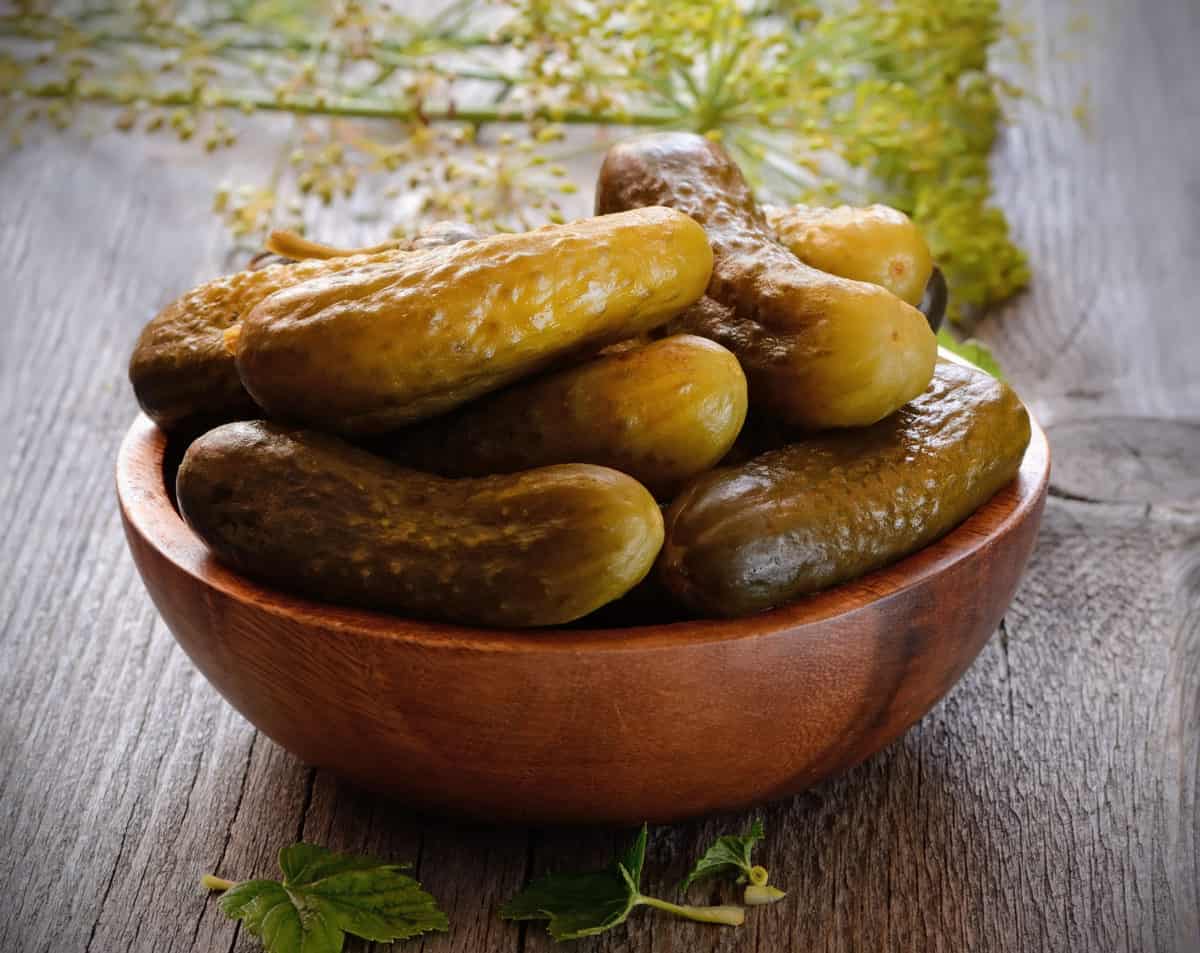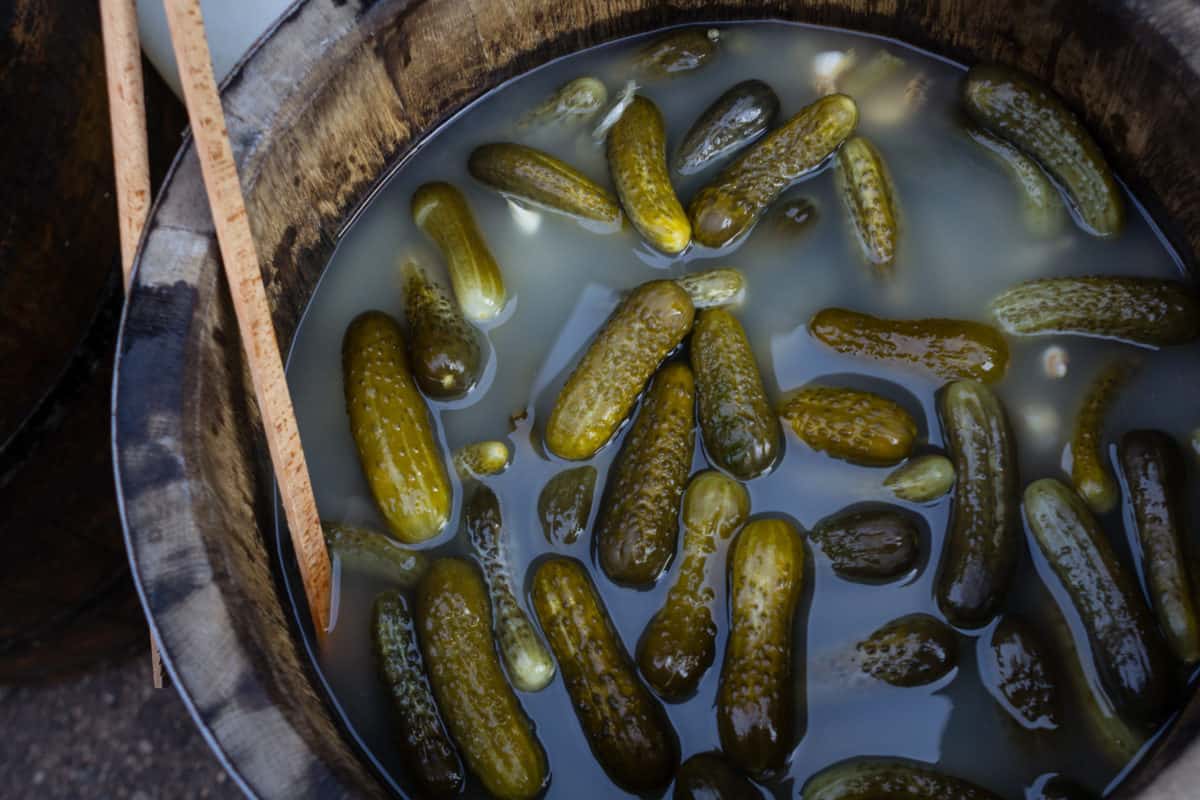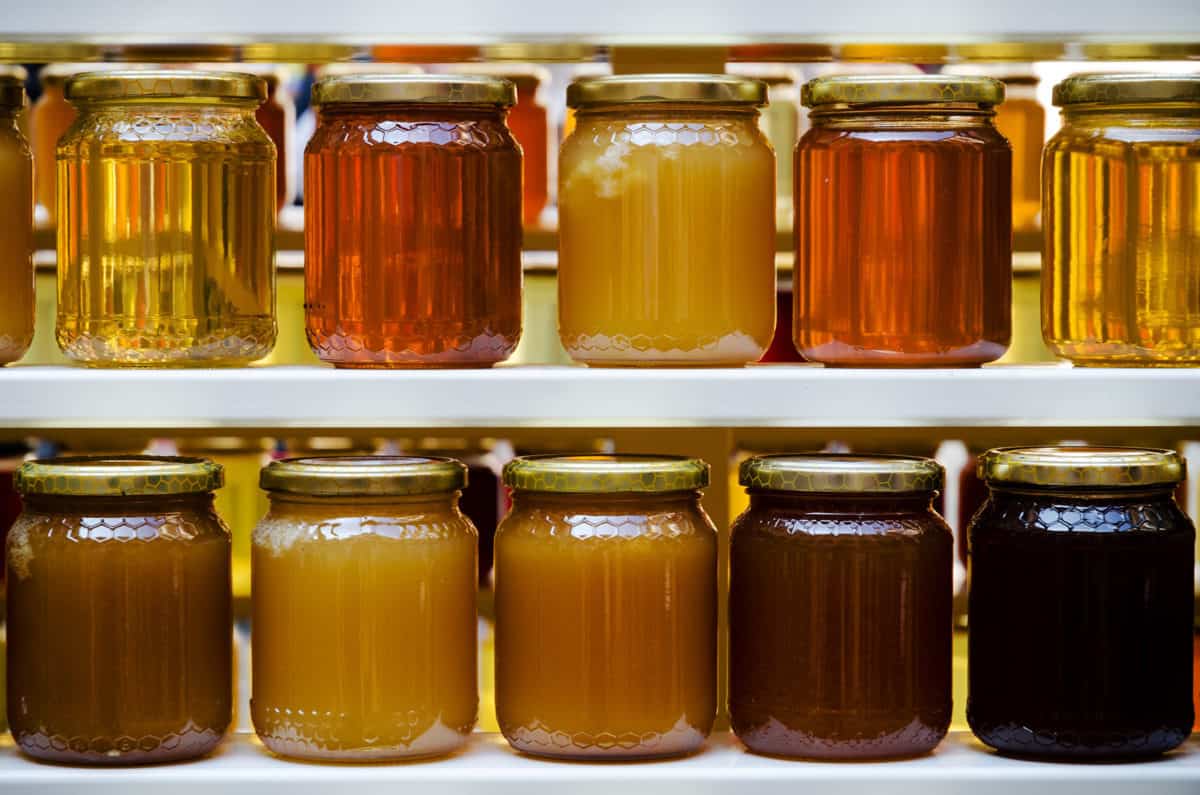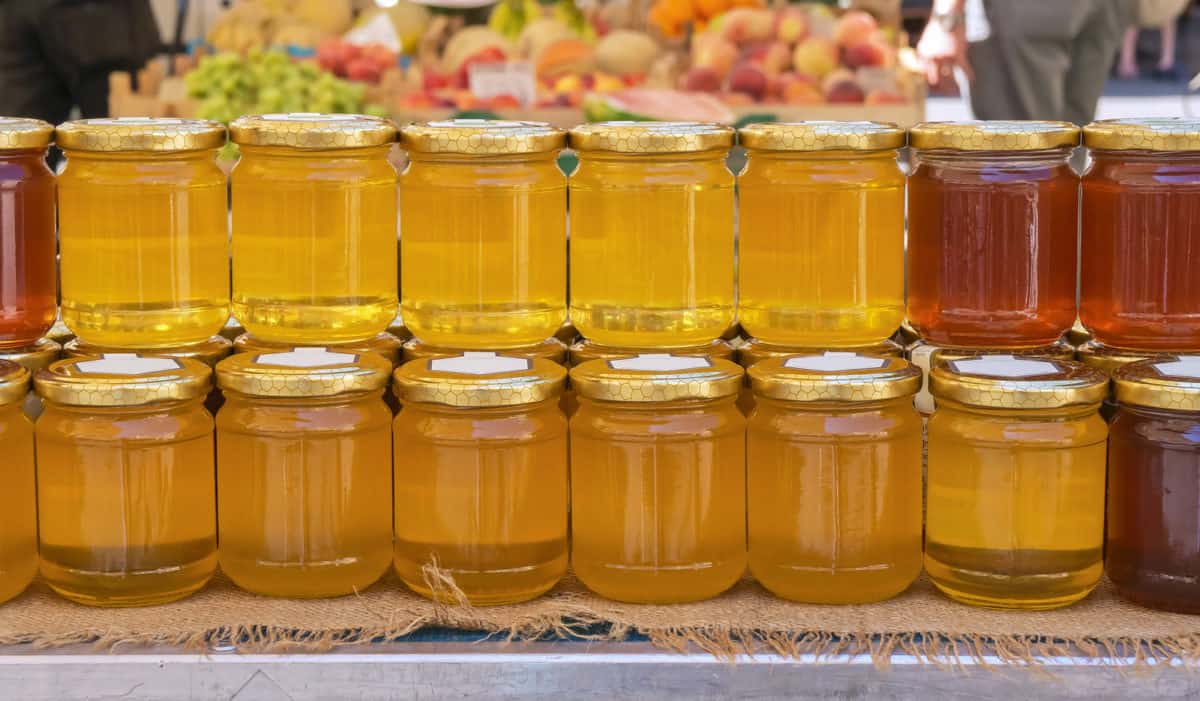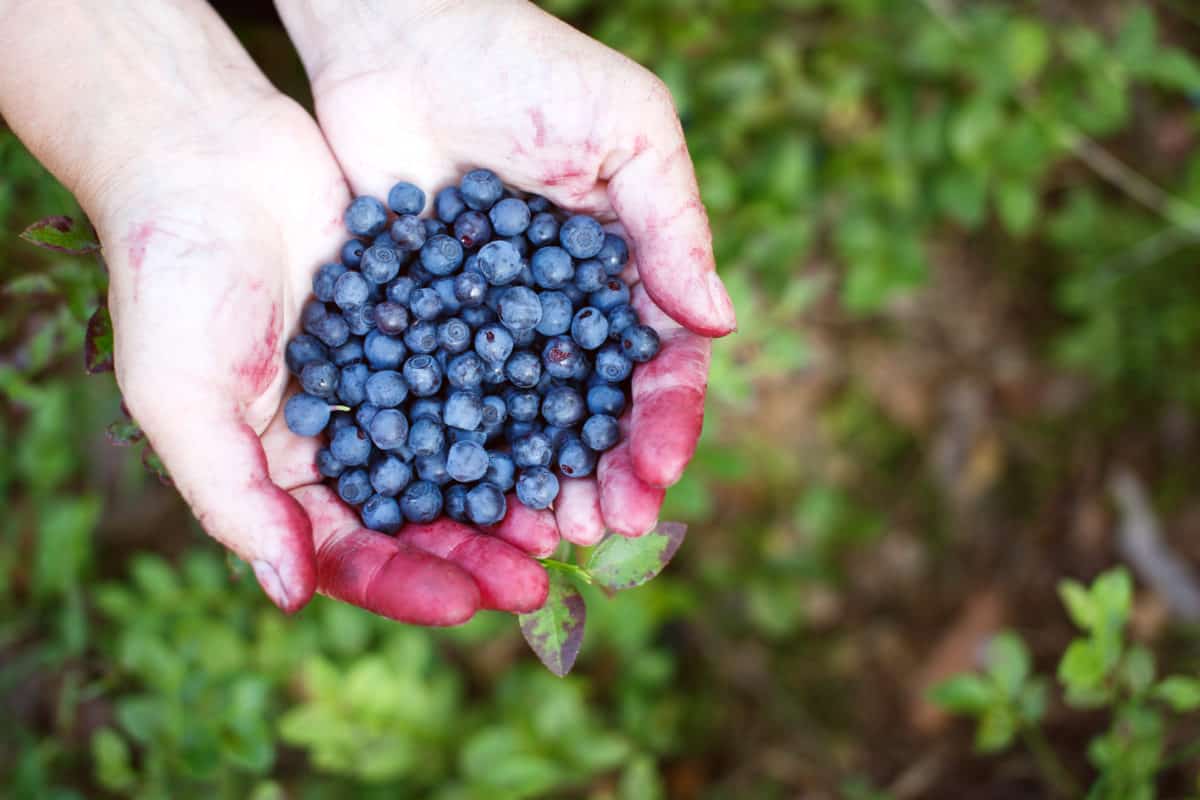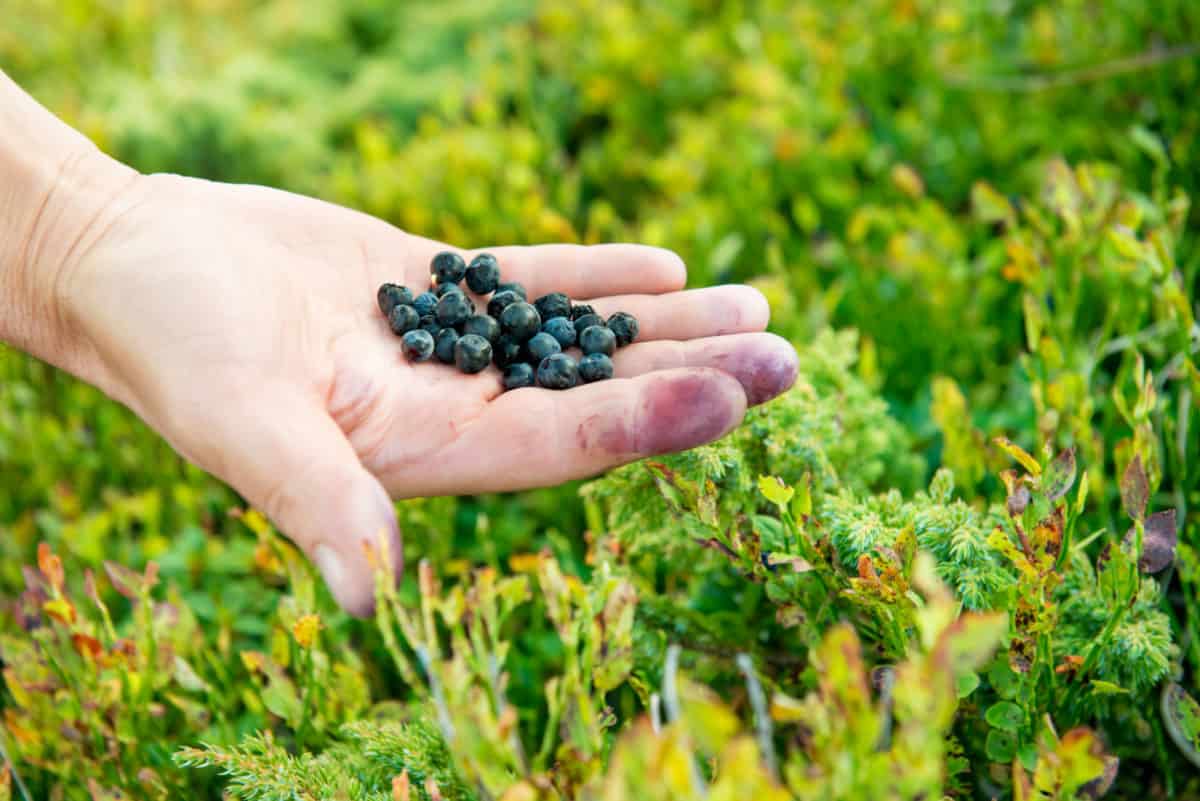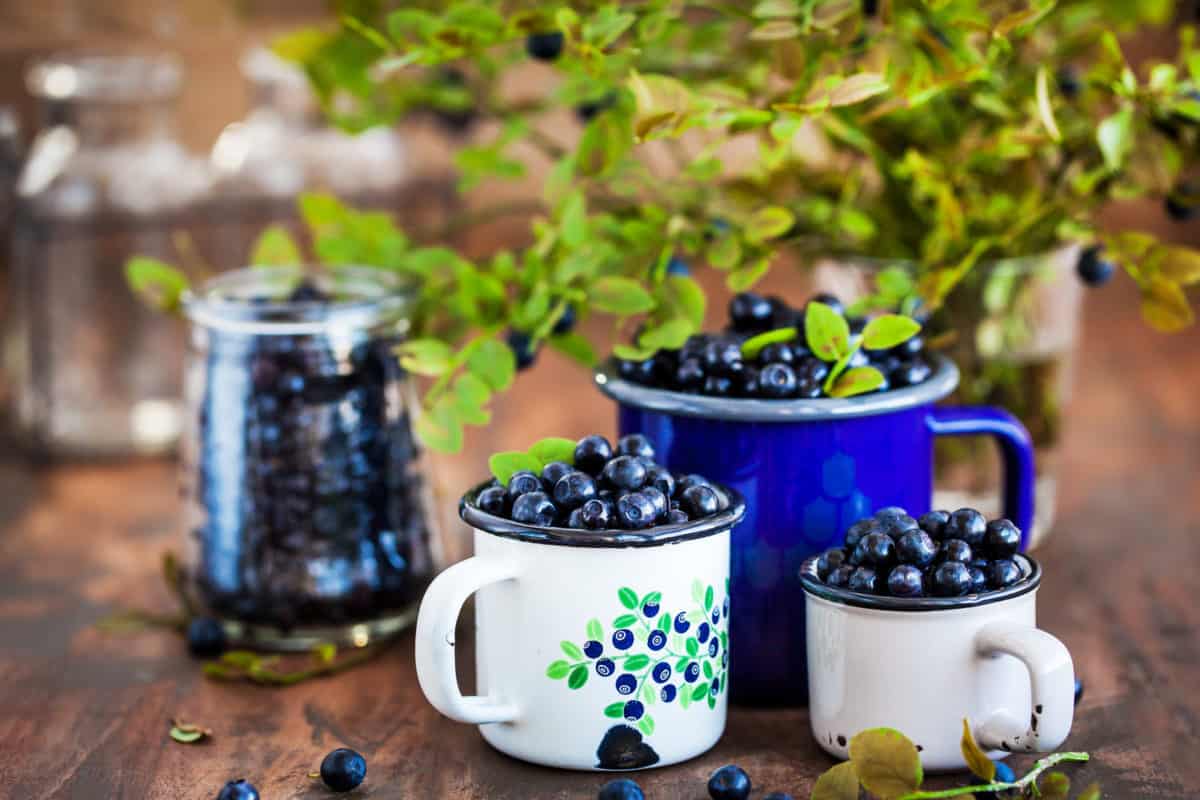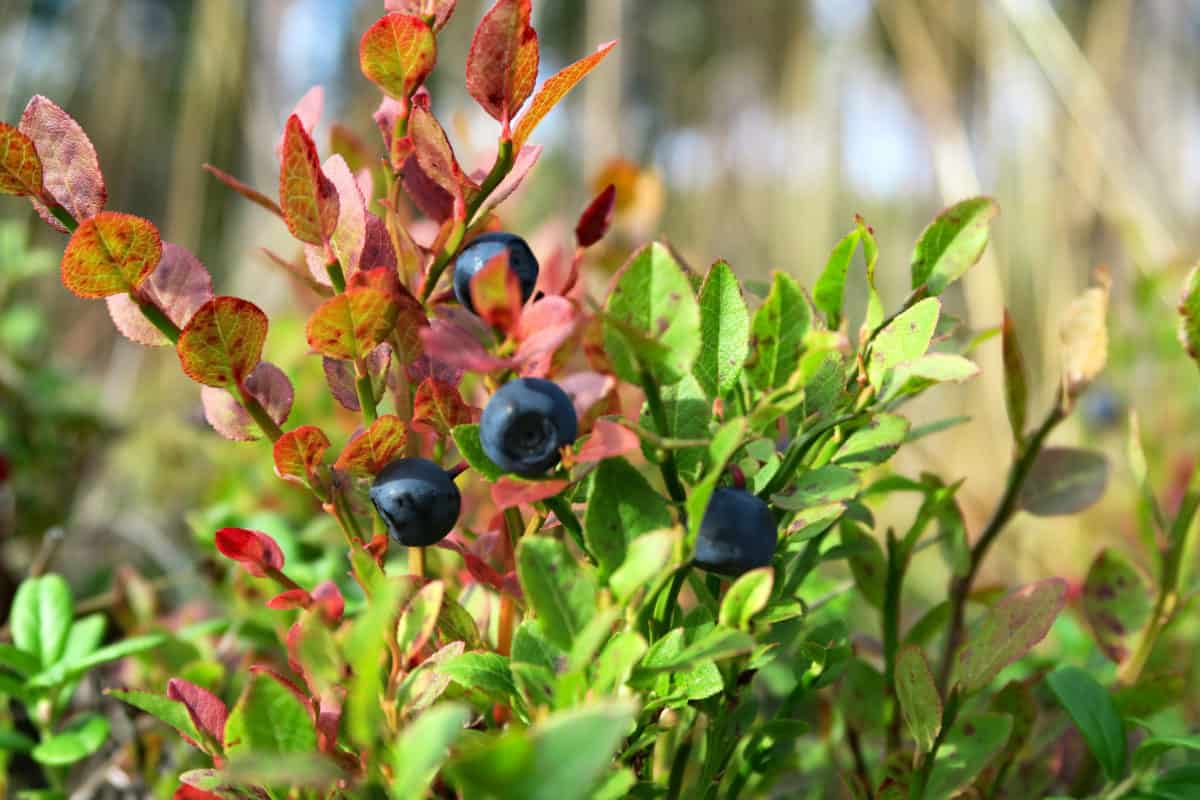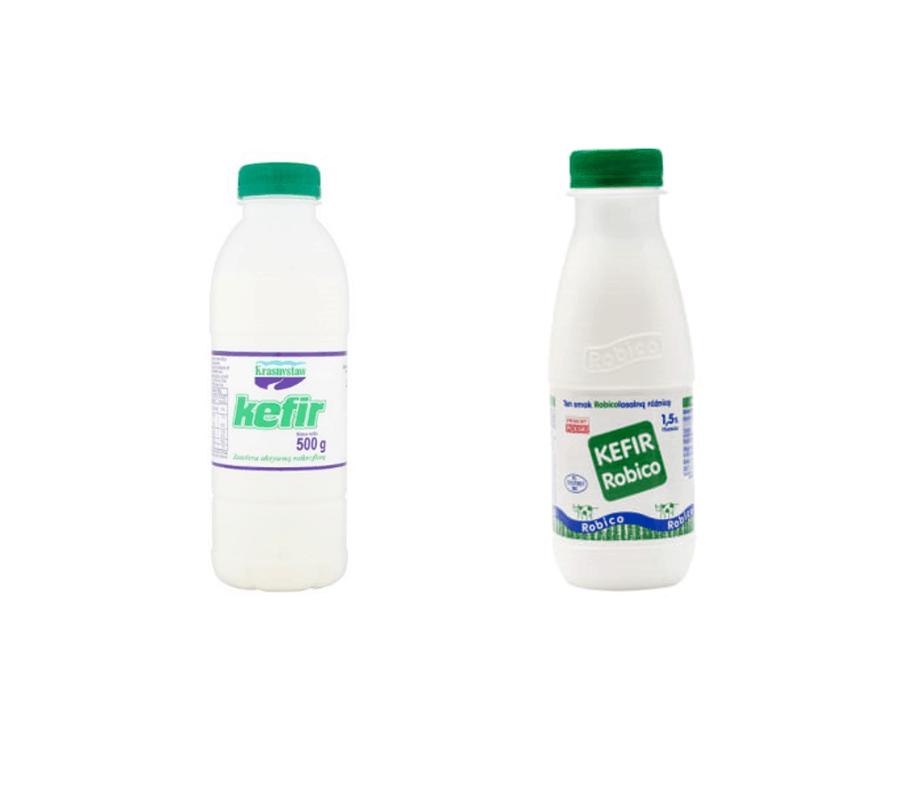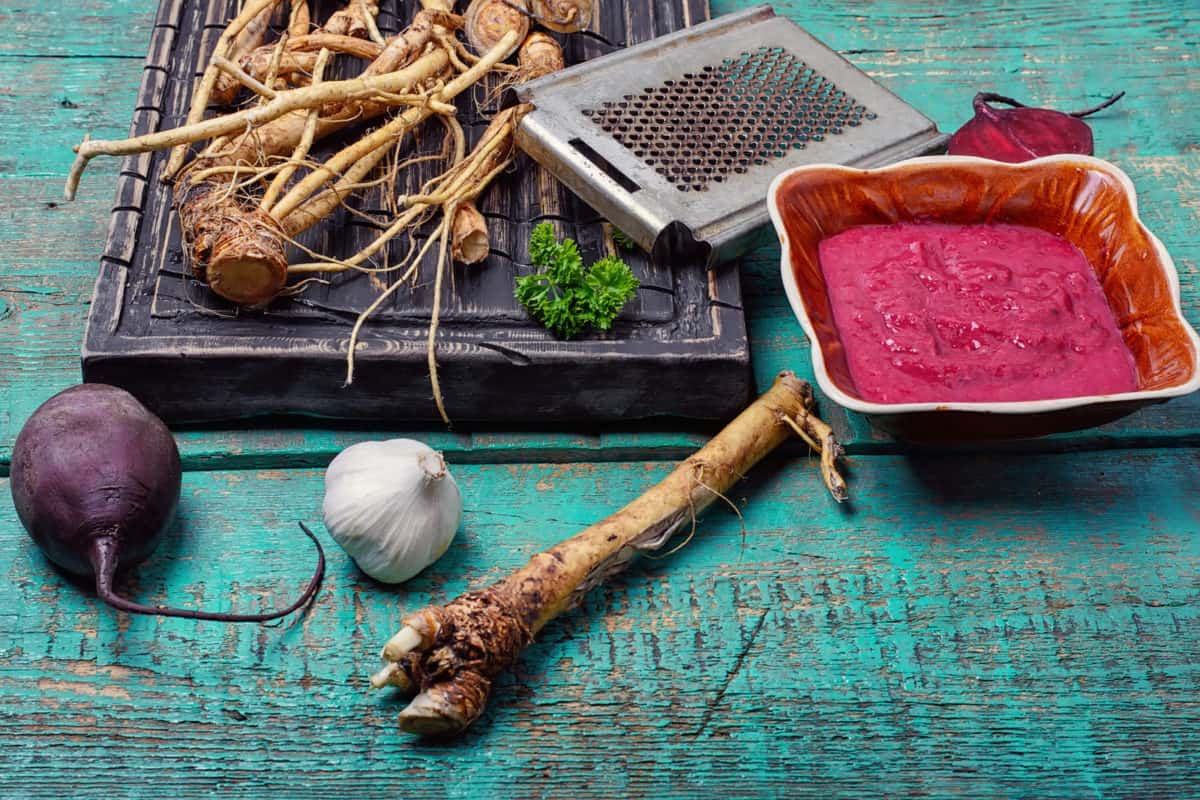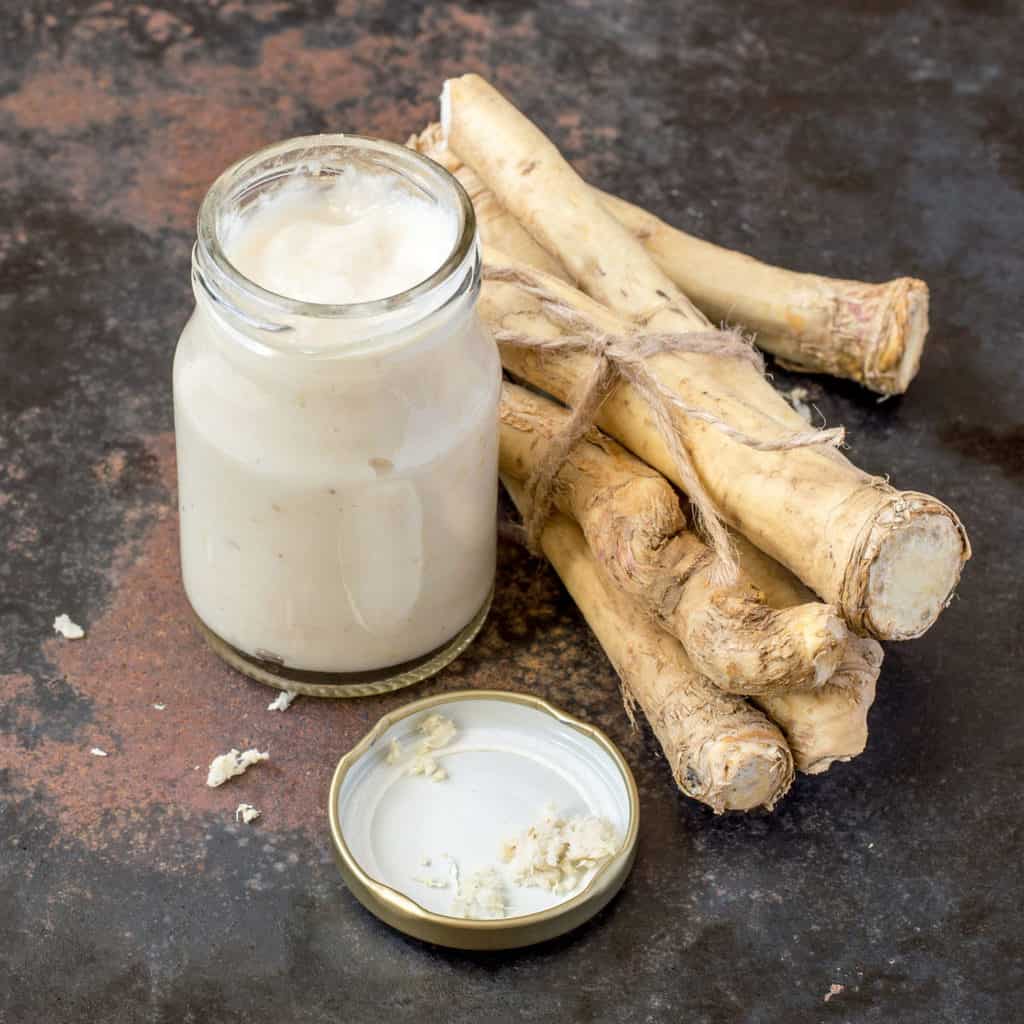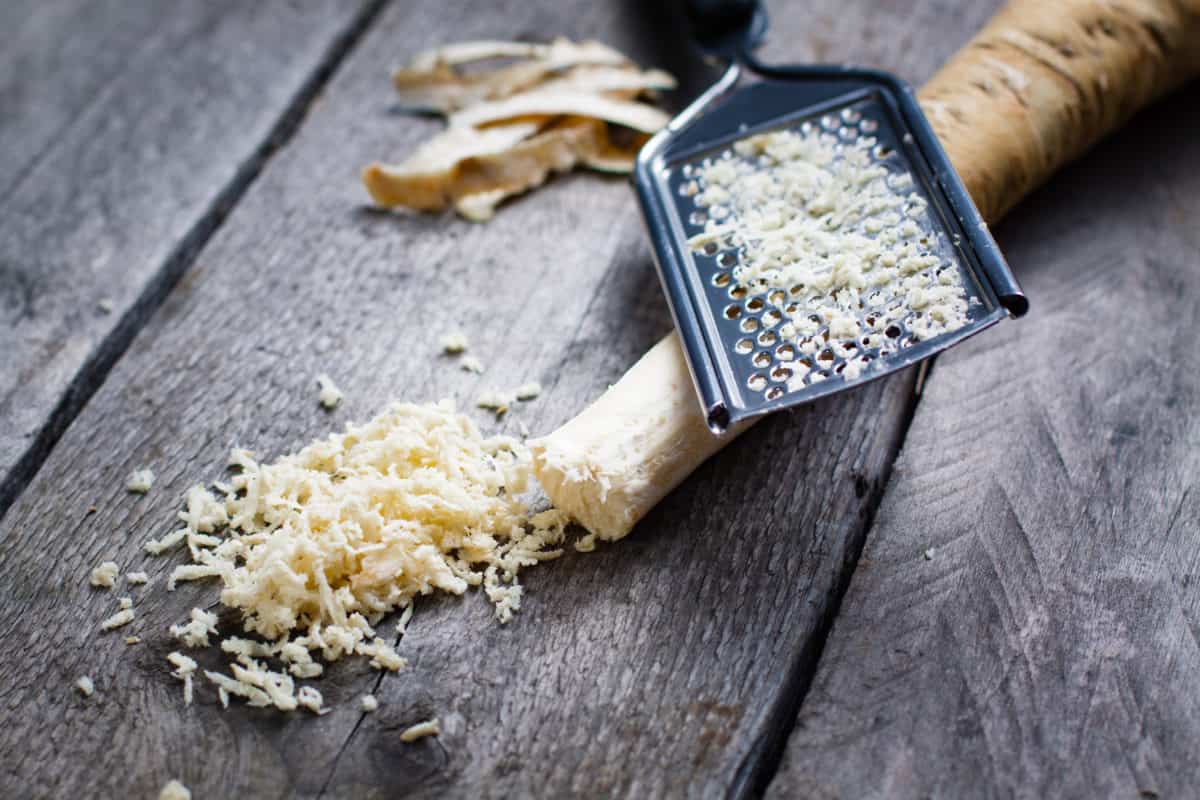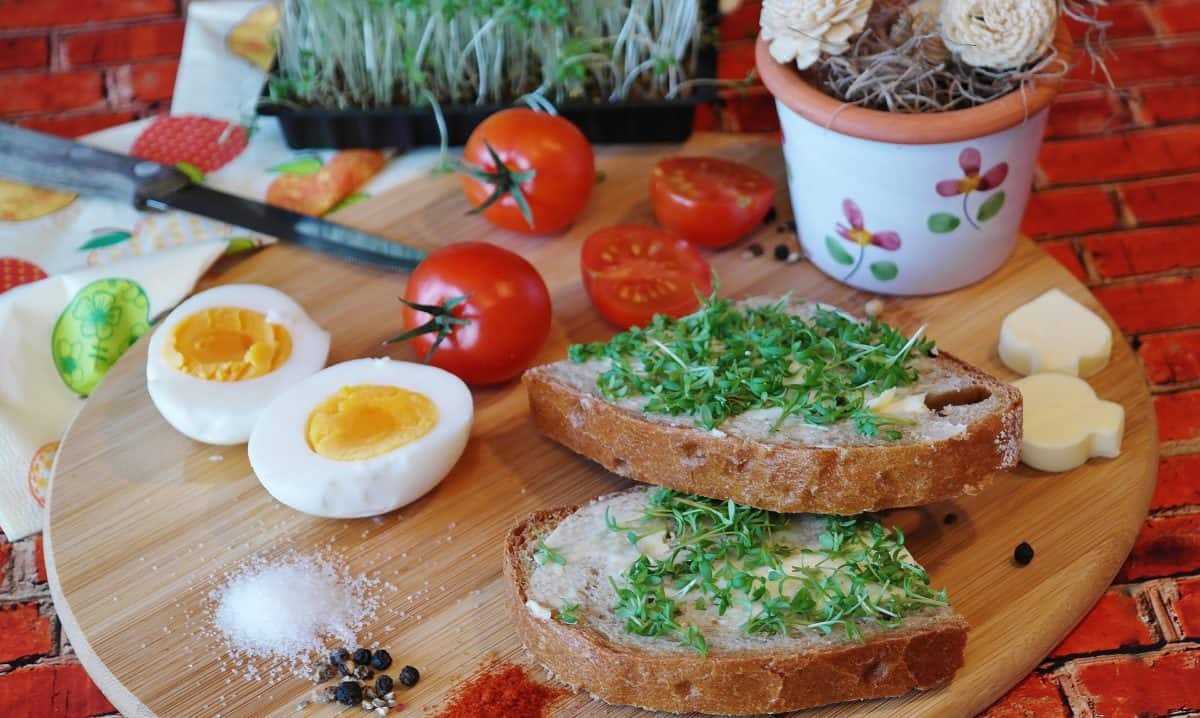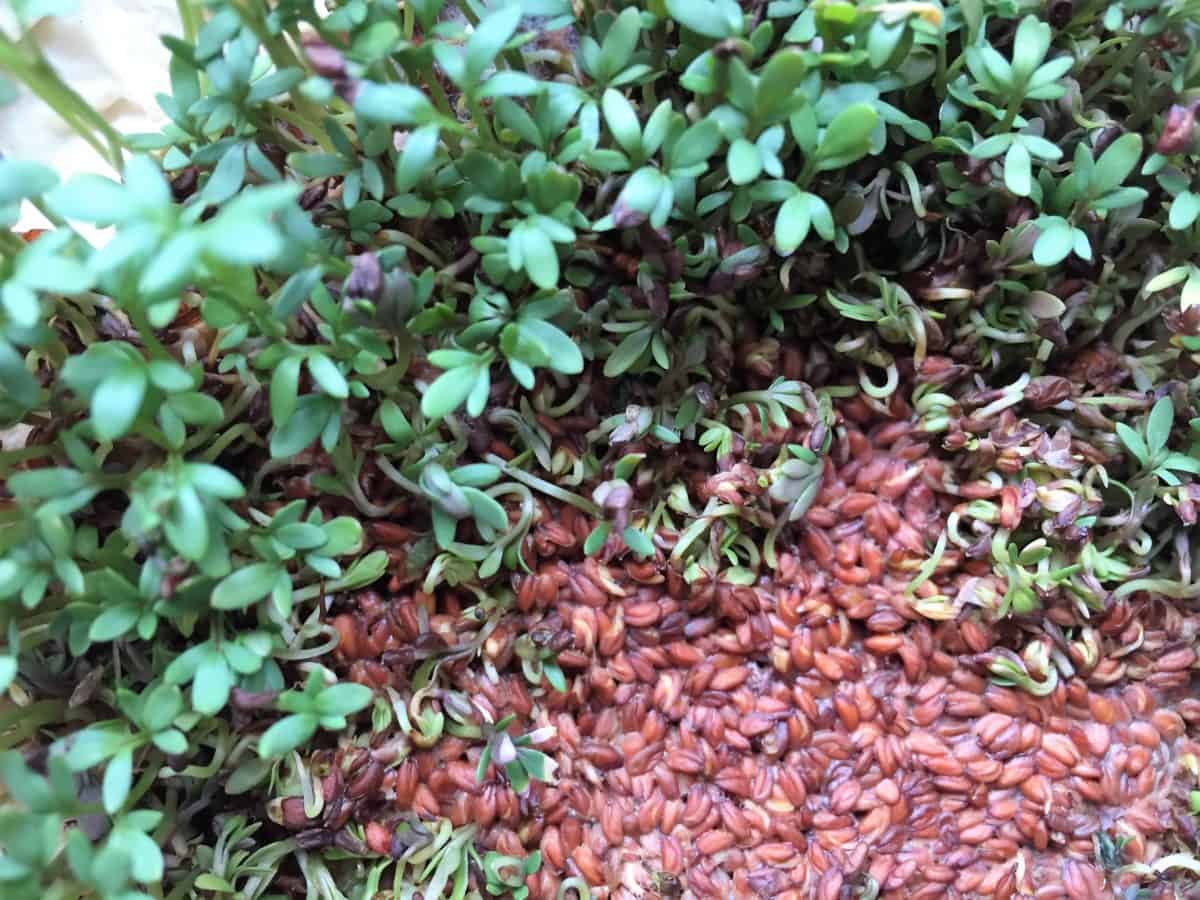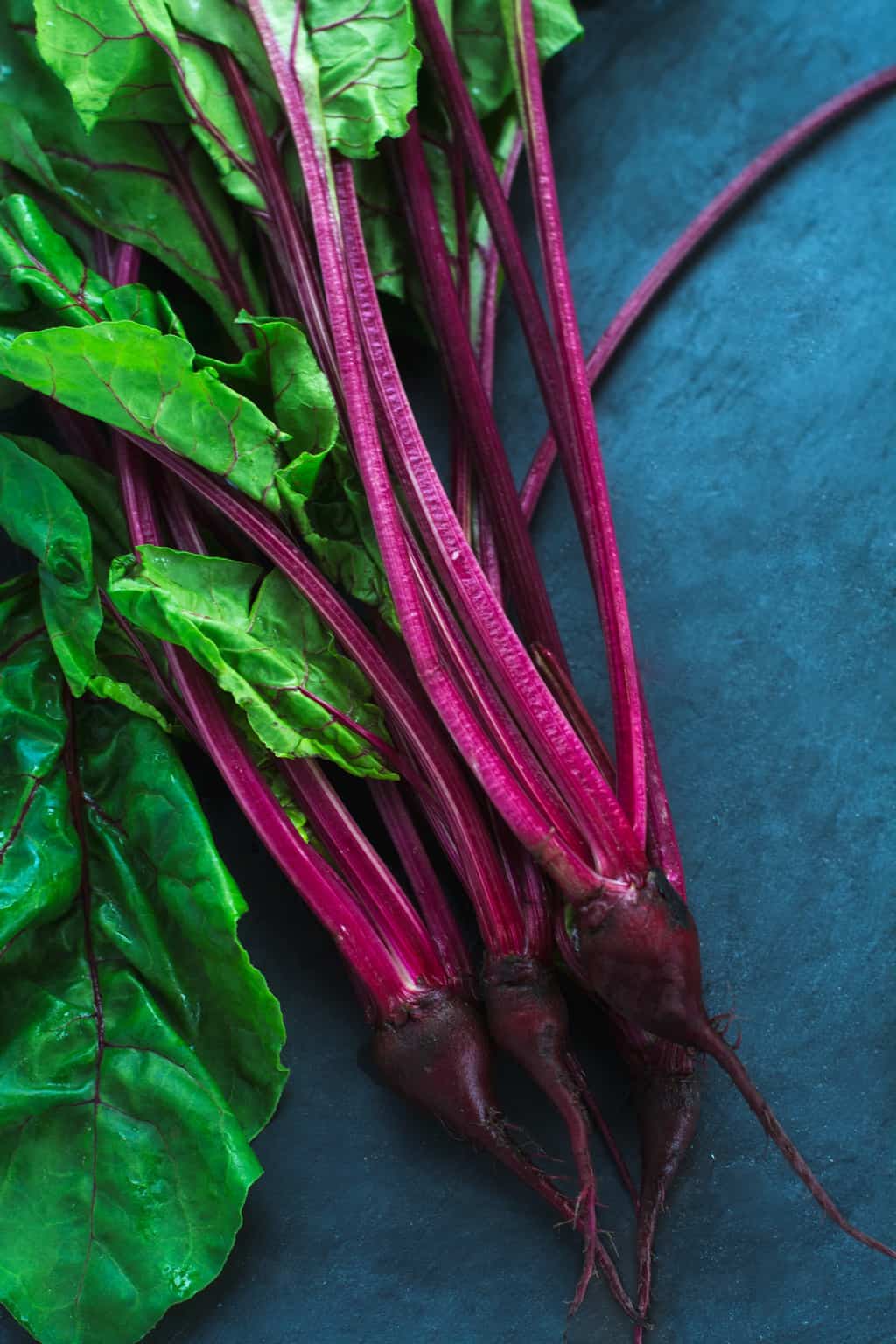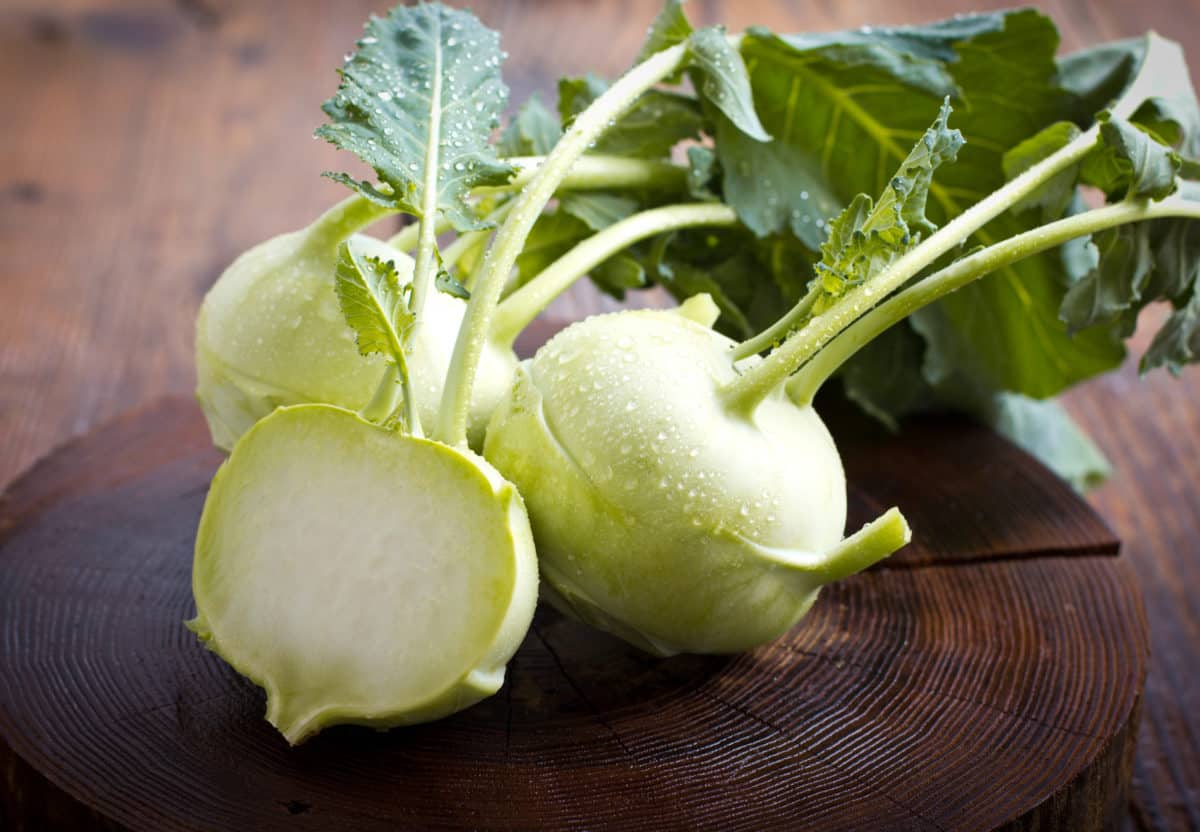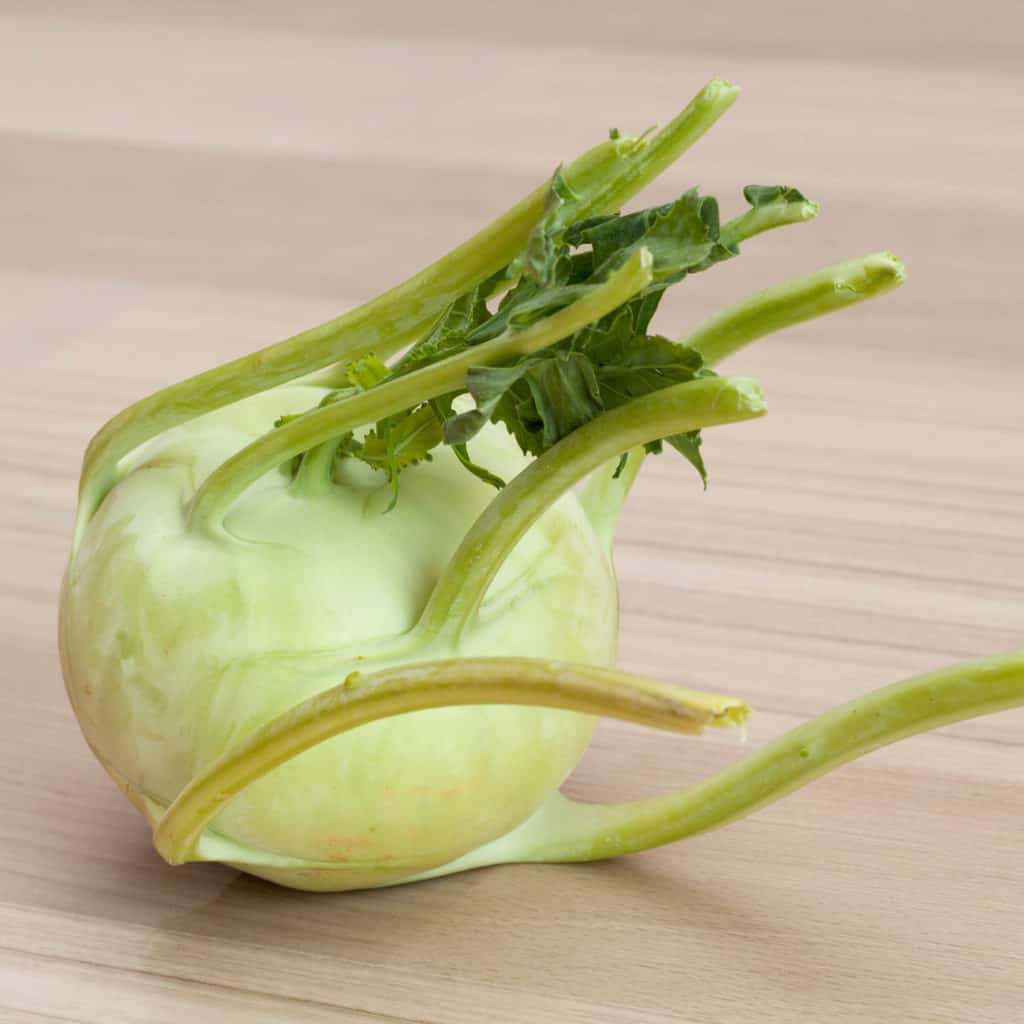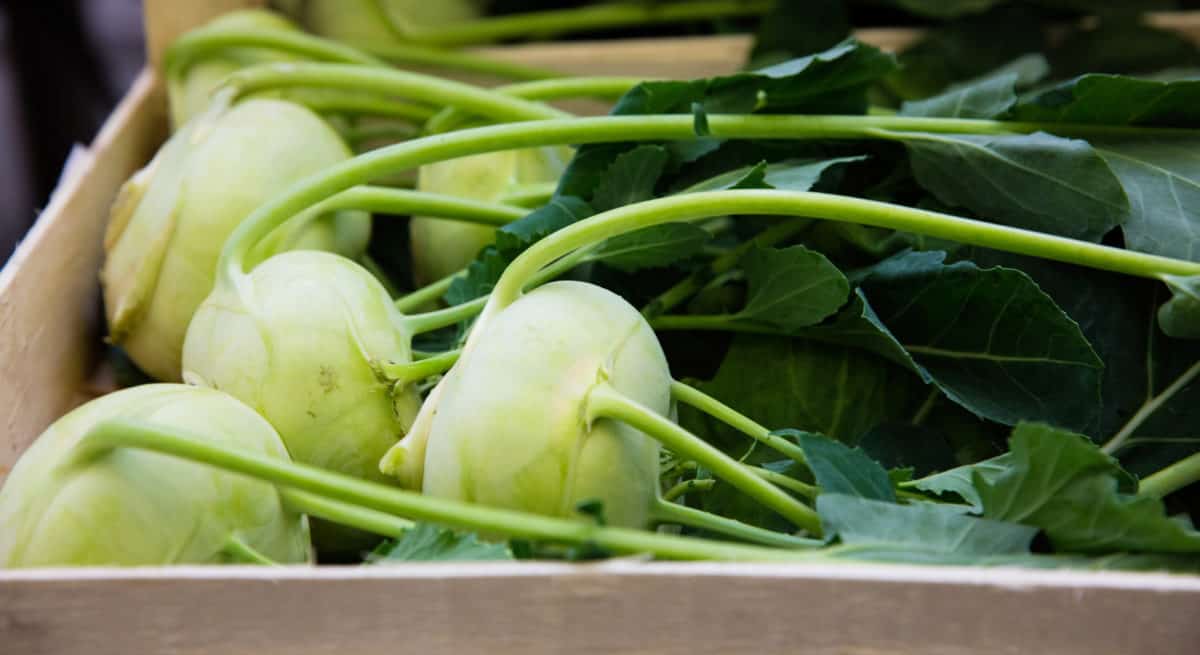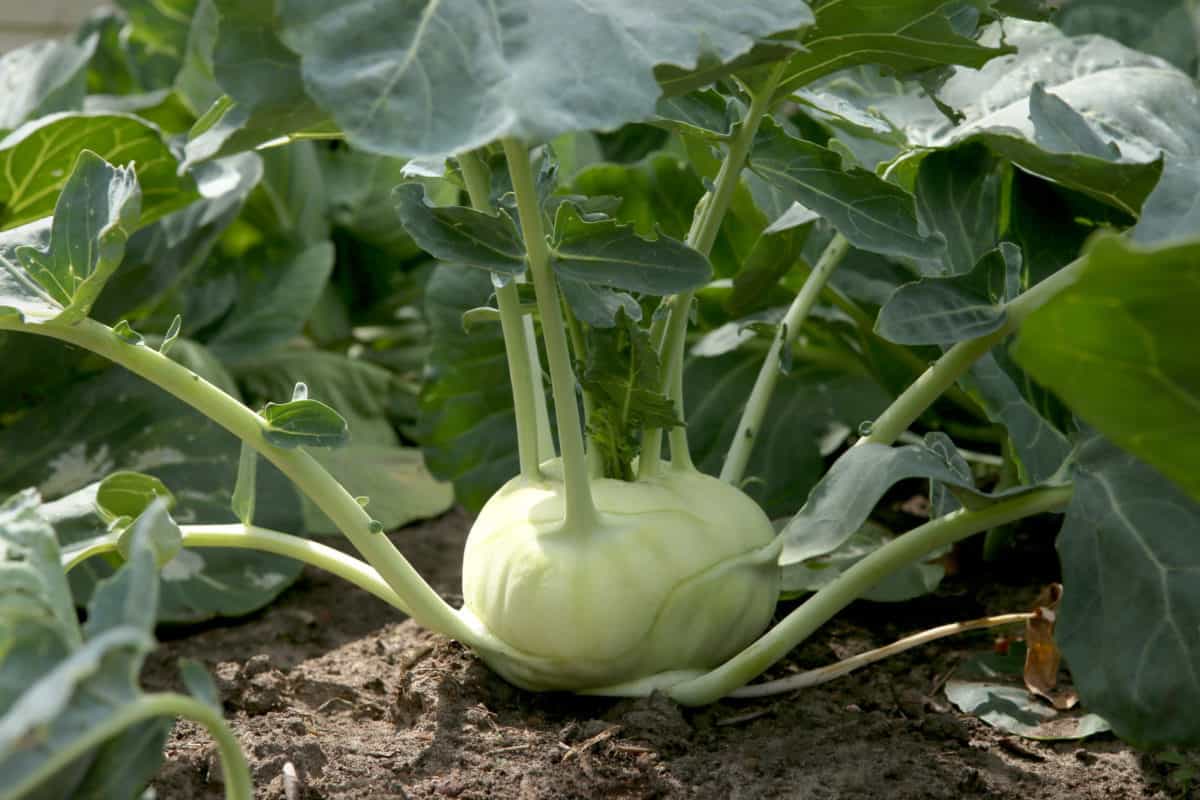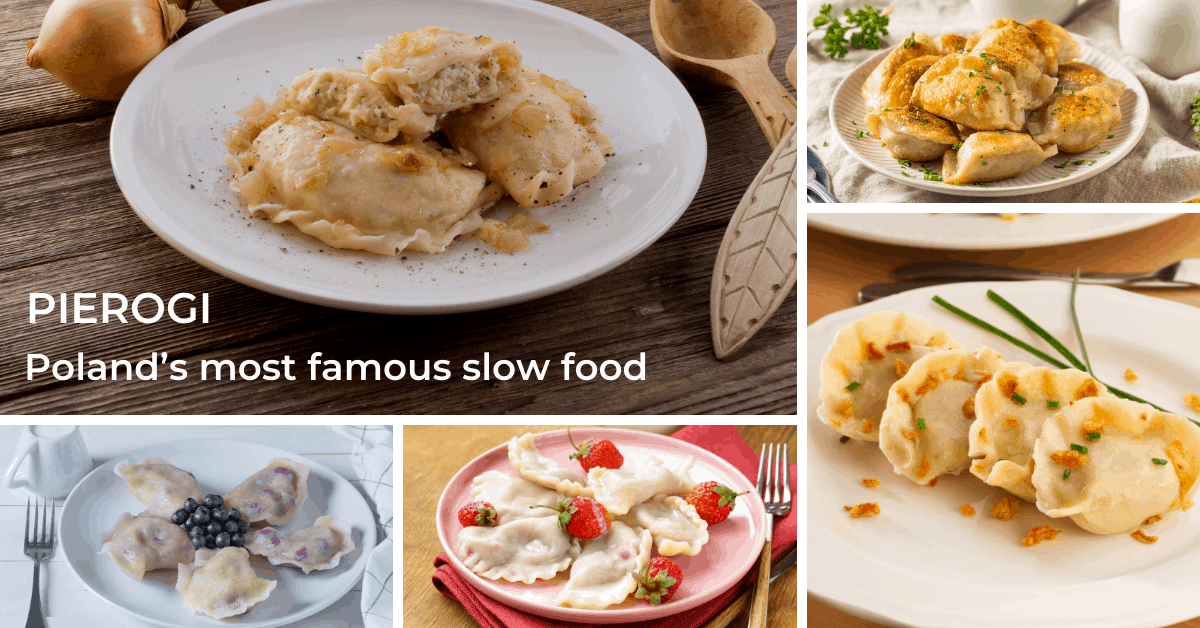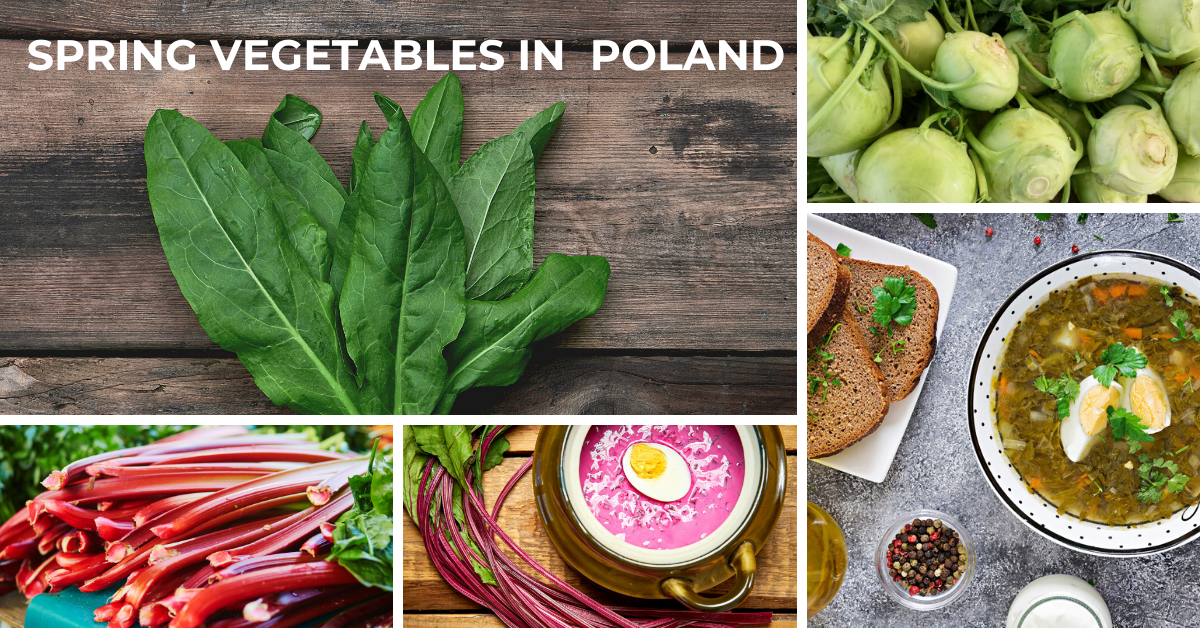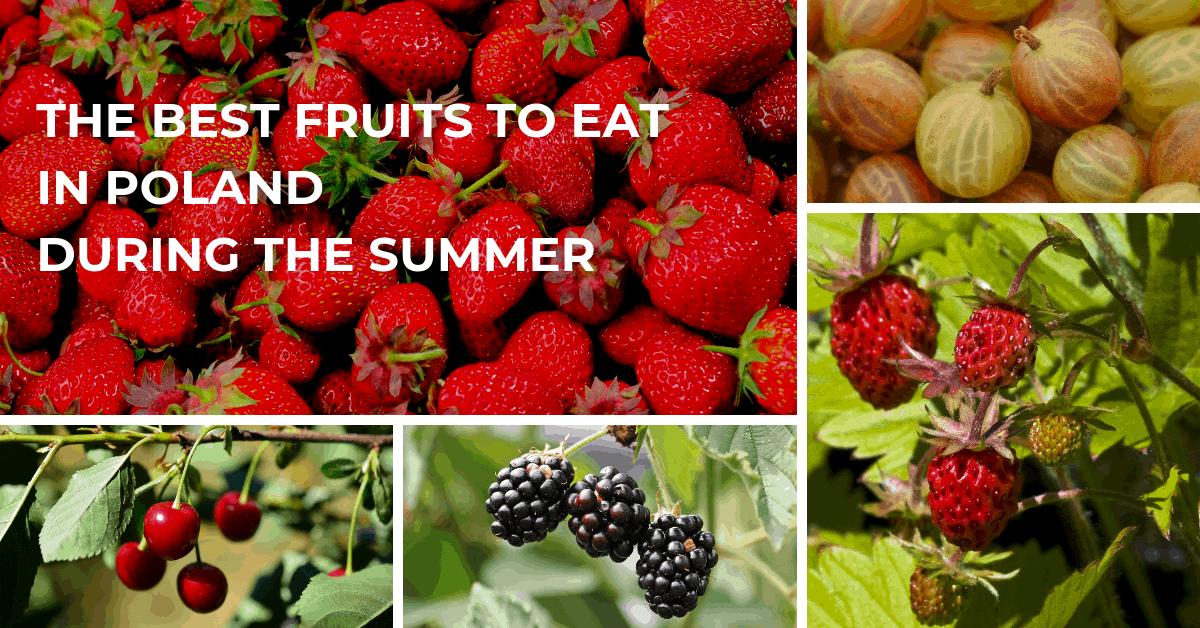Top superfoods in Poland to consider adding to your diet: groats, pickled cabbage & cucumbers, honey, bilberries, kefir, horseradish, cress, botwina beetroot, kohlrabi, and apples
Every moment of the year is a good time to take care of our health and strengthen our immunity. Check out our list of best superfoods in Poland, include healthy Polish food in your meal planner, and test out some Polish healthy flavors in your next meal.

Groats/kasha (kasza)
Kasza is a dish made of boiled groats. It’s been an important part of Polish cuisine for hundreds of years – served as a part of the main course, used with soups, as pierogi (dumplings) filling, served with cheese, mushrooms or butter.
For years, kasha was considered to be food for the poor, but recently, when Poles pay more attention to healthy eating, dishes with groats are becoming more and more popular. Including the so-called kaszotto – the culinary discovery of the last few years in Poland. Kaszotto is a pot meal – groats with an addition of vegetables and/or meat. The name comes from Italian risotto.
Kasha is available in Poland throughout the year, is very cheap and easy to prepare like rice (you do not need to peel anything, just throw it into the pot, pour water and cook). In Polish stores, you can find plenty of groats types: buckwheat (kasza gryczana), barley (kasza jęczmienna and its bigger type – pęczak), spelt/dinkel groats (kasza orkiszowa), farina (kasza manna), millet (kasza jaglana).
Millet and buckwheat – loaded with healthy nutrients – are considered superfoods (in addition, they are naturally gluten-free as quinoa).
Sauerkraut/pickled cabbage (kapusta kiszona)
There is no better food in Poland during winter and early springtime (when there is a shortage of local Polish vegetables) than sauerkraut to boost your immune system.
Sauerkraut is sliced cabbage fermented with salt and its natural bacteria – salt is the only addition to cabbage! The fermentation process (also known as pickling) creates conditions that promote the growth of probiotics. The main advantages of sauerkraut – probiotics, very low calorie, rich in vitamin C.
Not so long ago, sauerkraut was one of the basic products of Polish cuisine. Jars with sauerkraut were stored in basements, Poles were pickling cabbage at homes in large barrels or clay jars. Then, after 1989, when Poland and Polish cuisine opened to the world, Poles were delighted with the availability of wonderful foreign products, but sauerkraut has been somewhat forgotten. Recently, fermented food is recognized as a superfood in the world and in Poland. Korean kimchi has become very popular in Poland and it reminded Poles of local cabbage sauerkraut labeled as a Polish superfood.
Sauerkraut in Poland is very cheap and easily available in stores (if you buy it in a jar you can keep it for weeks – check the ingredients to make sure there are no additives). The best way is to eat sauerkraut raw, you can even drink the juice.
Sauerkraut salad is the most popular way to prepare it in Poland (in Poland a salad made using shredded raw vegetables is called surówka, surowy means raw). Traditionally, Polish sauerkraut salad is a mix of pickled cabbage, shredded raw carrot, and shredded apple with oil. In Polish cuisine, sauerkraut is also used to prepare bigos (a traditional Polish hunter’s stew) or cabbage soup (kapuśniak).
Pickled cucumbers (ogórki kiszone)
Pickled cucumbers are natural probiotic food, labeled winter superfood in Poland – strengthening immunity when there is a lack of local fresh vegetables. Nowadays in Poland, imported fresh vegetables are available throughout the year, however, in the past in Poland it wasn’t like that. Pickling is the oldest and most effective method of preserving vegetables.
Pickled cucumbers, as well as other fermented foods, have very positive effects on our bodies. Pickling preserves vitamin C contained in vegetables. Live cultures of lactic bacteria contained in pickled cucumbers are necessary for the proper functioning of the digestive system. Additionally, pickled cucumbers are low in calories and are a great source of fiber, providing you with a feeling of satiety – perfect food for people who care about their weight.
Traditional Polish pickled cucumbers are prepared from fresh open-ground cucumbers. Pickling cucumbers basically means flooding them with salt water. Garlic, dill, cherry leaves, and horseradish root are added to improve their taste.
The pickling process gives cucumbers new additional nutritional value, thanks to which pickled cucumbers are more nutritious than fresh ones. In traditional Polish cuisine, pickled cucumbers are an addition to main dishes, salads, the basis of cucumber soup or a healthy, crunchy snack between meals.
There is also a summer version of pickled cucumbers called in Polish ogórki małosolne – fresh homemade pickled cucumbers. You can make them at home, they will be ready the next day! Arrange the washed cucumbers (with the tips cut off – this will speed up the process) alternately with additions (tightly! it’s very important) in a special clay pot or a regular glass jar so that they do not flow out. Pour in lukewarm water, previously boiled with salt. Press everything with a saucer, but don’t close it so that the cucumbers have access to air. Ingredients: a dozen small cucumbers, horseradish leaves, a bunch of dills, horseradish root, 2-3 cloves of garlic, lukewarm water, 0.5-1 tablespoon of salt (for every liter of water). During summertime in Poland, you can buy a ready set of additions for making ogórki małosolne.
Honey (miód)
A traditional Polish delicacy with extraordinary health properties – there are so many of them that it would be difficult to list them all. Honey is available in many countries but when living in Poland it’s worth taking advantage of amazing local types of honey. Honey is a great energy and a vitamin bomb in one – the perfect treat and sweetener (like maple syrup) for kids who love sugar.
What should you remember when buying honey? First of all, pay attention to whether the honey you buy is natural. Well, honey has no ingredients;) The jar should show the name of the apiary from which the honey comes, and that’s it – no additives. Natural honey crystallizes after a few months by changing the consistency from semi-liquid to solid (it’s ok if it’s not liquid – this indicates that honey is natural, artificial honey has additives and does not crystallize).
There are two main groups of honey in Poland:
- Nectar honey (miód nektarowy) includes the most popular types of honey.
- Honeydew honey (miód spadziowy). Honeydew is a sweet substance excreted by various species of insects living on trees, for example, aphids, that take the juice from host plants. Bees collect honeydew, and bring it to the hive, where they convert it into honeydew honey, one of the most valuable honey in terms of nutrition. Honeydew does not occur every year. In some regions of Poland, it occurs once every few years and therefore it’s one of the more expensive kinds of honey in Poland.
- Light yellow linden honey (miód lipowy)
- Light color acacia honey (miód akacjowy)
- One of the darkest types – it ranges from dark brown to almost black – buckwheat honey (miód gryczany)
- Red-brown to yellow-orange color – heather honey (miód wrzosowy)
- Canola/rape honey (miód rzepakowy). Due to the large rapeseed cultivation in Poland, it is one of the cheapest kinds of honey. It has a very light straw color and is almost white after crystallization.
Bilberries, the European blueberries (jagody)
Bilberries grow on low shrubs in the Polish forests. Compared to highbush (American) blueberry (called in Polish borówka amerykańska), they are smaller, darker, and bilberry stains on clothes are practically indelible. In most of Poland, bilberry is called jagoda, in the Karków area it’s called borówka. You can have them raw, with sugar or cream/yogurt, it’s an irreplaceable summer addition to cakes. Try bilberry smoothie or bilberry jam – yummy!, pycha! Another summer treat – bilberry yeast bun – jagodzianka. You will buy it in July and August in every Polish bakery and cake shop.
Kefir
Kefir is a fermented milk beverage that tastes like a yogurt drink. Kefir and yogurt have a lot in common but there are some significant differences: yogurt is thicker and kefir is best as a drink, they are also made differently. Yogurt, in general, starts culturing under heat while kefir ferments at room temperature and contains more types of healthy bacteria.
Kefir is a cheap source of probiotics, and it’s available in every Polish store. You can use it instead of yogurt and cream or just as a refreshing nutritious drink.
Horseradish (chrzan)
Horseradish is a white root vegetable used in Poland as a spice (added for example to pickled cucumbers), dressing or sauce, known for its antibacterial properties. It’s in the same family as mustard and wasabi. In Poland, you can buy it in every store – prepared grated root with vinegar or sour cream sold in small jars. Be careful how much you eat at once – horseradish will bring heat to your tongue and tears to your eyes.
Horseradish is very popular in Poland, especially during Easter holidays – served with boiled eggs or as accompaniment for Polish sausage and ham (grated horseradish with beets – ćwikła).
Cress (rzeżucha)
You may notice in Polish stores before Easter small bags with cress seeds. It’s a fast-growing (kids will love to observe growing – you can notice it even the next day!), edible, very healthy herb. It’s a tradition in Poland to grow cress for Easter – not only to eat it but also for decorative purposes. You can grow cress indoors in a shallow container, plastic food tray or just a plate. Line it with a wet kitchen towel, sprinkle seeds, and water a bit every day. Cut leaves with scissors.
Botwina beetroot
Botwina beetroot – young beet leaves, stems, and roots uprooted in early spring. They make a delicious soup with a graceful name botwinka. Young beet leaves are also used as an addition to salads and vegetable cocktails. Because of its richness in many vitamins and minerals, botwina beetroot is recommended as part of a vegetarian diet. When you notice the botwina beetroot at the market stall – there is no doubt that spring has come to Poland for good!
Botwinka is the queen of spring soups in Poland. Obviously, there are many different recipes for this soup. The basic one is very easy to prepare – boil chopped botwina, carrots, and diced potatoes. After cooking the soup for 20 minutes, add some butter or olive oil, chopped dill, sugar, salt, pepper, vinegar or lemon juice. Stir and cook for a few minutes. Serve with a spoon of cream/yogurt and hard-boiled eggs.
Thanks to the vinegar/lemon juice, the soup will preserve a wonderful red color (pink after adding cream). You can use the botwinka soup as a base to prepare another delicious Polish soup of the spring and summer seasons – chłodnik. It’s a cold (chłodnik meaning ‘chilled’) beet soup served with hard-boiled eggs. It’s easy to prepare when you keep some cooled botwinka soup (you can freeze it and use it later). Mix in a bowl or a pot: cooled botwinka soup, grated raw cucumbers, grated radishes, chopped dill and/or chives and yogurt, kefir or sour cream. Season with salt and pepper. Smacznego!:)
Kohlrabi / cabbage turnip (kalarepa or kalarepka)
You’ve probably spotted light green kohlrabi bulbs at the markets in Poland. Although it’s available throughout the year, the best one – crunchy, aromatic, delicate – is sold in Poland in late spring and summer. This super-healthy, low-calorie vegetable has a taste and texture somewhere between radish and cabbage.
The easiest way and very popular in Poland is to eat kohlrabi raw as a snack (it’s necessary to peel off the skin first). It is worth using the leaves of young kohlrabi, a very valuable part of the plant, you can add them to juices or salads. In Poland, kohlrabi is also used as an addition to soups. When buying kohlrabi, pay attention to the leaves – they should be fresh and their color intense. The best bulbs are the smallest ones, firm, with a “healthy, vibrant” color.
Apples (jabłka)
Poland is a paradise for everyone who loves apples and believes that “an apple a day keeps the doctor away” (and Polish version: “Jedno jabłko dnia każdego i lekarza nie trzeba żadnego” or “Kto przed snem jabłko zażywa ze smakiem, ten swojego doktora uczyni biedakiem“). Poland is the fourth-largest producer of apples (3 million tons per year!). The diversity of apple trees in Poland disappeared with the development of industrial orchards, however, in recent years, we have seen “the come back” of old varieties of Polish apples, including antonówki, kosztele, szare renety, sztetyny, malinówki. They don’t look so perfect but their taste is unique! The Botanical Garden in Warsaw/Powsin has collected and grown over 400 old varieties of apple trees!
Subscribe to our monthly newsletters in English to explore Poland and learn about Poland! Once a month you will receive a Newsletter: ‘Explore Poland with Kids‘. You will find there family-friendly destinations in Poland – beautiful places in Poland worth visiting with children – from city break destinations to hiking in the mountains (lots of practical tips!); things you can’t miss in Poland in a given month; dates to remember, holidays, observances in Poland in a given month so you can mark your calendars accordingly.

